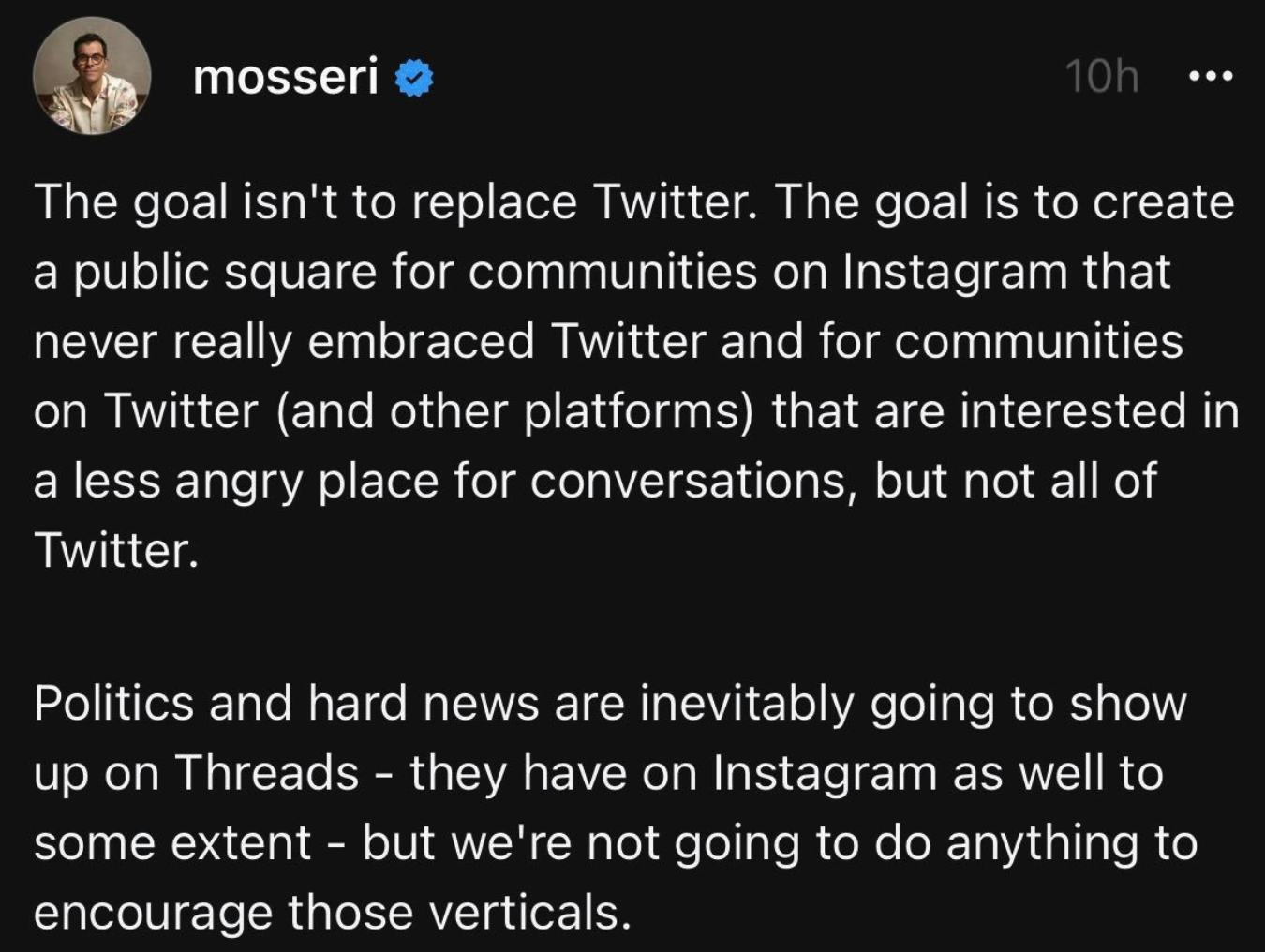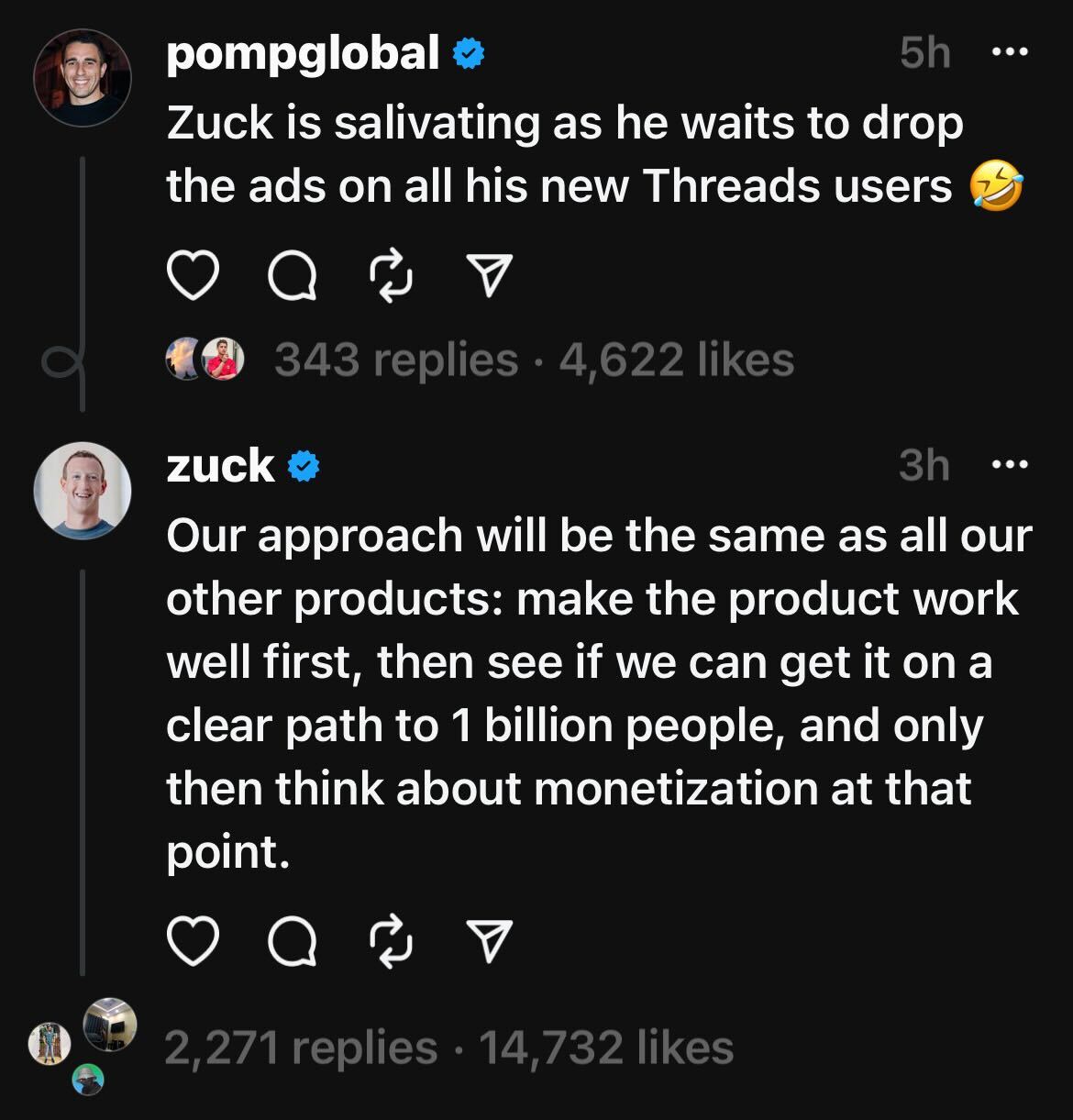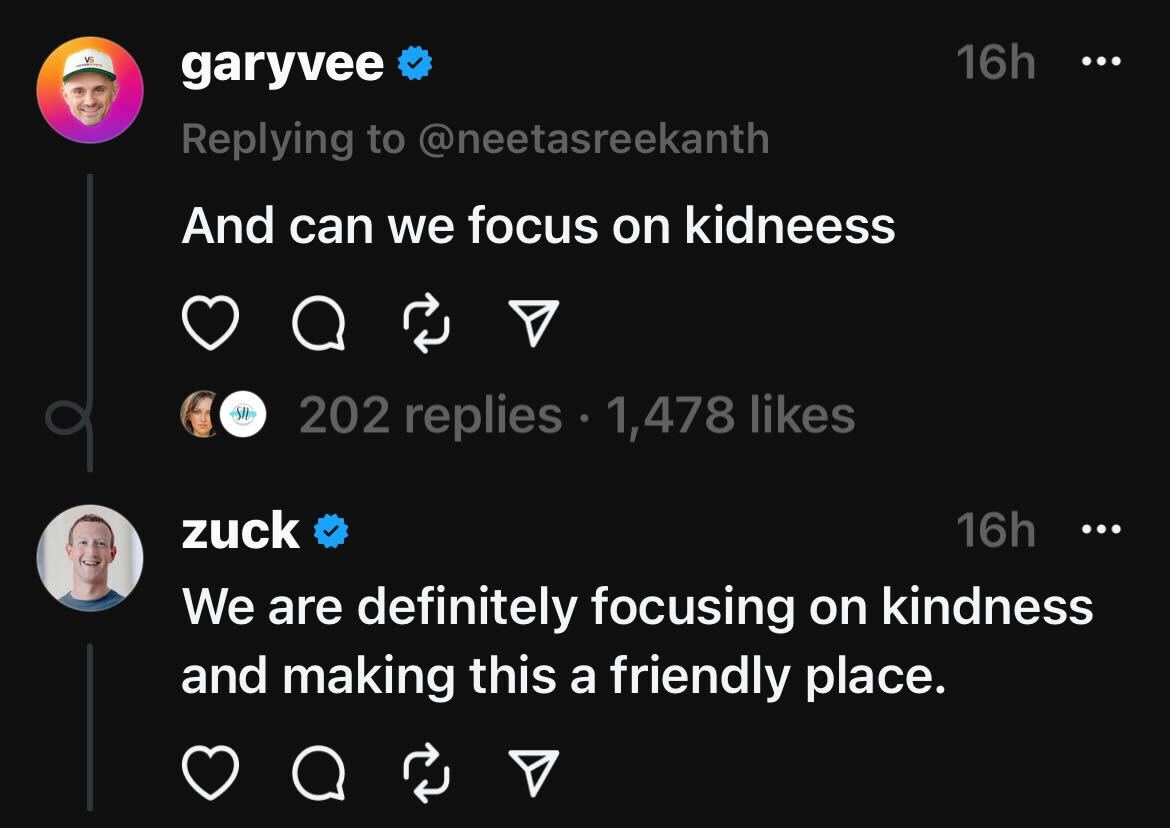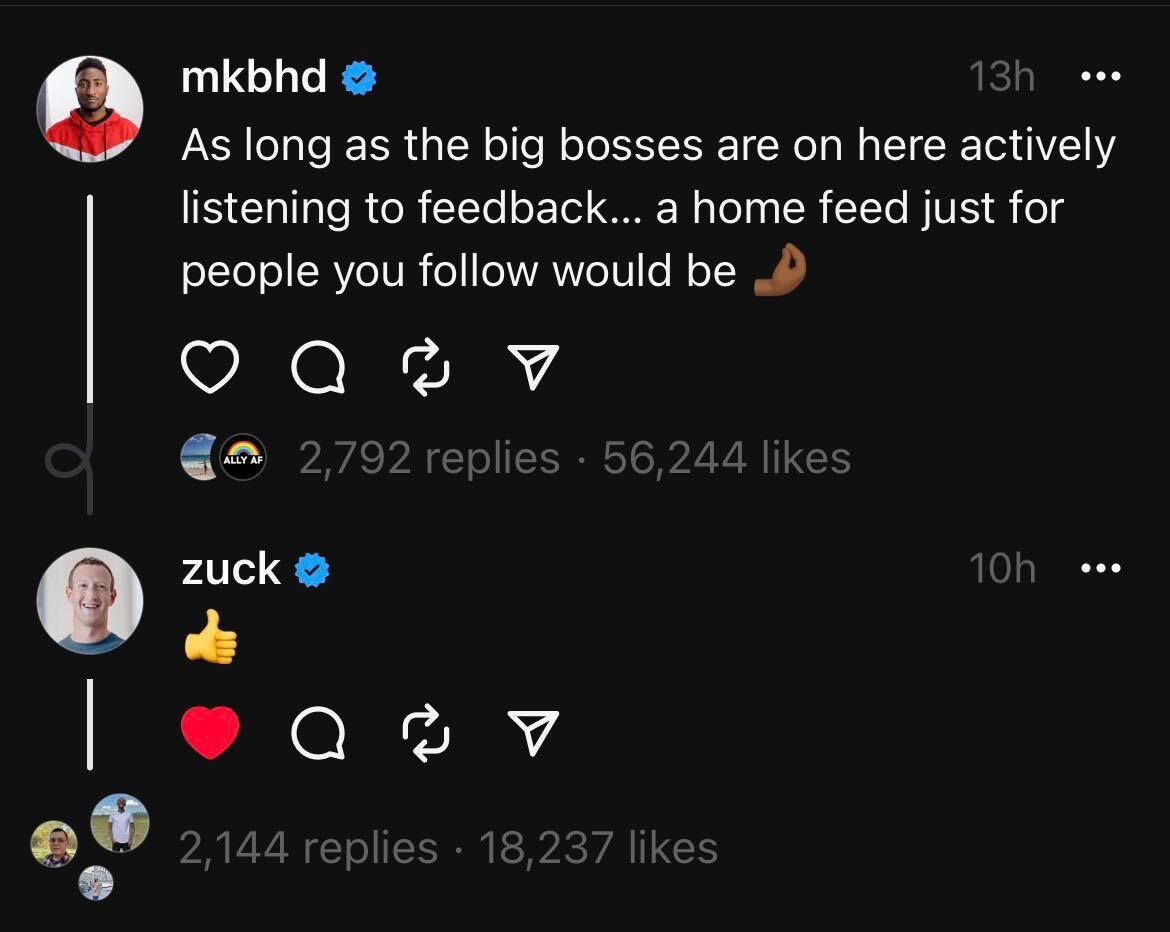Well, it happened. A legitimate competitor to Twitter has arrived on the scene. On July 5, Meta released their new social platform Threads. More than 100 million users registered with the site in the first five days. It took ChatGPT almost two months to get to that number. As news broke on the release of the app, social media managers across all industries immediately flooded the platform to grab their brand name, explore, and decide in an instant if this was in fact a viable option.
The platform is a Twitter, or X, clone in look and feel, but Meta — which also owns Facebook and Instagram — has made some very strategic choices that make Threads more user-friendly and attractive to many who have left other social platforms including Twitter.
Earlier this year, the CESO Communications team collaborated to produce a blog post on whether or not your school should stay on Twitter with all the recent changes. This blog post influenced the special episode of School PR Happy Hour on the same topic. The CESO Team believes that ultimately, it is up to you to choose which social platforms are right for your district or schools, but we want to provide our thoughts on this new platform, as it has immediately impacted the social media landscape.
What is Threads?
According to the description listed on the App Store:
“Threads is where communities come together to discuss everything from the topics you care about today to what’ll be trending tomorrow. Whatever it is you’re interested in, you can follow and connect directly with your favorite creators and others who love the same things — or build a loyal following of your own to share your ideas, opinions and creativity with the world.”
Based on that description, it’s Twitter. Threads feels like an opportunity to start over and reshape your feed. According to the Head of Instagram, Adam Mosseri, Threads isn’t trying to “take out” Twitter. They are trying to offer an alternative to the site that many have left over the past 10 months.

What makes it different from Twitter?
Honestly, not much. There are still some kinks to work out, but the rollout of this app has been very smooth.
One of the biggest differences between Threads and Twitter is the registration process. Threads is a stand-alone app that works in conjunction with your Instagram account. You must have an Instagram account to be on Threads. The registration process takes 30 seconds and can populate your profile information from Instagram immediately.
According to Jack Appleby, the producer of the popular newsletter “Future Social,” the real benefit of this registration process is the auto-follow option available at sign-up.
“Here is the secret sauce: Threads sign-up also includes an auto-follow button, allowing your new Threads account to follow every account you follow on Instagram. That means there’s a very high chance that every single one of your Instagram followers who joined Threads decided to auto-follow your brand account.”
When you sign up for any other social media platform, you’re starting from scratch. You need to build your presence, find accounts to follow, and start engaging with others to grow your following. Threads eliminates that pain point. As long as your district is active on Instagram, there is a high chance that by simply signing up for Threads, you will immediately have an audience for your messages.
A key difference between Twitter and Threads is Threads’ lack of a “For You” or “Trending” tab. On Twitter, many users go to these tabs to see the latest conversation topics, and often receive their news this way.
What should we expect from Threads as it grows?
Over 100 million new users in just five days is impressive for any new website or platform, but when that platform is tied to Meta, you know the response is going to be huge. Growth has slowed further away from launch as expected, but Threads still holds the title of “fastest to 100 million!”
Meta founder Mark Zuckerberg stated in a post on the app that the ultimate goal of Threads is to be the first conversation app with over 1 billion users. With a goal of that size, monetization of the site is going to happen. Ads are going to show up in your feed eventually, but for now, @Zuck is focused on creating an app that works.

Another worry of many early adopters of the app is how the content will change as the platform grows. With growth, many platforms, including Zuckerberg’s Facebook, have seen an increase in misinformation, hate speech and other divisive messaging. Zuckerberg says that this platform will focus on kindness through civil conversations.

There has yet to be data available to track if this is the case for Threads, but it is encouraging to see the top executive of a multibillion-dollar company engaging and stating intentions publicly on the app.

One of the biggest things users asked for at launch was a “follow feed” where you only saw the threads of those you follow. The first few days were a free-for-all to say the least, with every post by every user showing up in your personal feed, but as of July 26, a follow feed is now available. Users may need to update their app in the app store for this to kick in. This is one of the many early suggestions that Meta is taking swift action on. Others they are working on include a desktop application, search capabilities, and some features to help build communities (i.e hashtags, etc.)
Should Your District Be On Threads?
For districts not currently using Instagram, adding two new pieces to the social media toolkit may be a lot to take on. However, with the auto-follow feature and ease of registration, for districts currently using Instagram, it would be smart to go and grab their usernames on each platform to prevent others from sharing information as the district.
Ultimately, districts will need to look at their audiences, see where they are getting their information and weigh the capacity of their social media managers. Large private corporations will dive in headfirst because they have the manpower to do so. For districts, there may not be enough hours in the workday to add another site to manage.
How Should You Approach Threads Strategically?
We asked some members of our CESO Communications team to share their thoughts on Threads and how districts should approach this new platform.
“Threads has a lot of potential to be useful for the kinds of professional communication that we’re used to seeing on Twitter, but Meta will need to add some of the missing functionality to really make that work. We need to be able to build community and find conversations easily, through things like hashtags or groups. Once that happens, Threads could truly take off.” – Nicole Kirby, APR, Senior Strategist
“Threads is a thoughtful and creative alternative to Twitter. It allows users to engage in meaningful and productive conversations in what, for now, is a much more positive and supportive environment. Reserve your space now, and keep an eye out for updates and changes that will make it a more effective social media platform.” – Jim Cummings, APR, Senior Strategist
“You have to remember that your initial audience is joining you from Instagram, an app that is more visual than Threads. Sprinkling in some of your best photo and video content early will continue to attract your audience while you organically grow in the new space.” – Justin Dearing, Communications Strategist
“With everyone constantly talking about leaving Twitter, you never know what will happen. If Threads implements the missing components on its app that Twitter already has, it could become a legitimate competitor, and you don’t want to be the one who shows up late to the party because you didn’t think it would take off.” – Julie Rodriguez, Digital Media Strategist


